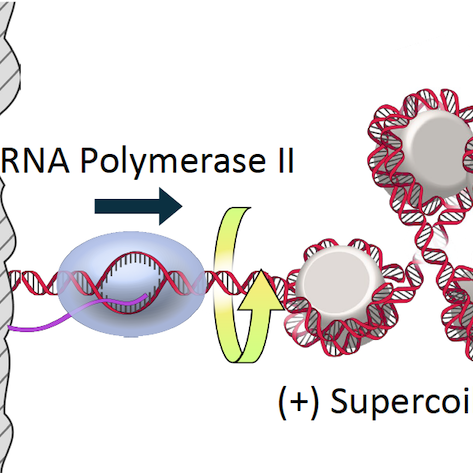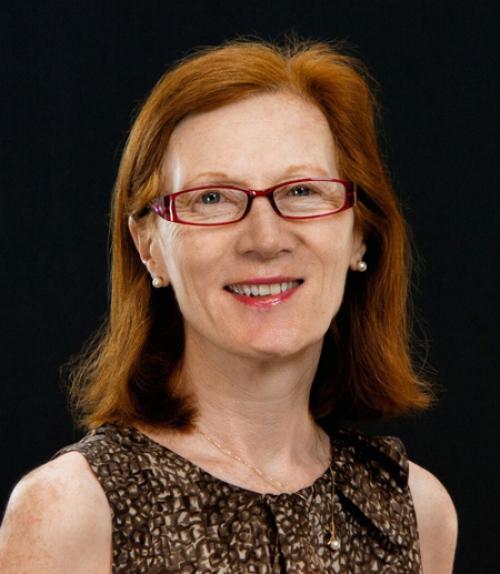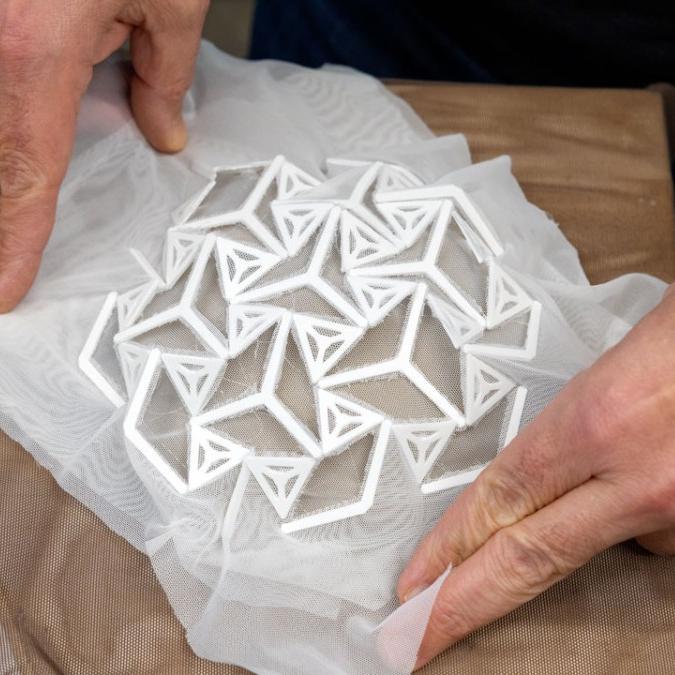
 Department Homepage
The College of Arts & Sciences
Department Homepage
The College of Arts & Sciences
Manipulating nature with X-ray lasers is topic of Oct. 18 lecture
Ever since the invention of the laser more than 50 years ago, scientists have been striving to create an X-ray version. But until recently, very high power levels were needed to make an X-ray laser. Making a practical, tabletop-scale X-ray laser source required taking a new approach, as will be described by physicist Margaret Murnane in this fall’s Hans Bethe Lecture.




